My Pie Town
Imagine an America in which all-female families survived the Great Depression raising children and farming homesteads in the absence of men (and in the absence of today's detractors to gay marriage.

Interview by Nozlee Samadzadeh
Explain the original Pie Town project.
Russell Lee was shooting for the Farm Security Administration when he took these photos, as he had been since 1936. It was the spring of 1940 when he pitched the idea of photographing Pie Town to his boss, Roy Stryker. By 1940, they both agreed that it was time to show some pictures that depicted the resilience of Americans (and not just their suffering) during this long period of deprivation. Lee felt that Pie Town was a great example of a tight-knit community working hard and surviving together, and that it could really depict the American pioneer spirit. Continue reading ↓
My Pie Town is on view at Julie Saul Gallery through May 21, 2011. All images used with permission, all rights reserved, copyright © the artist.
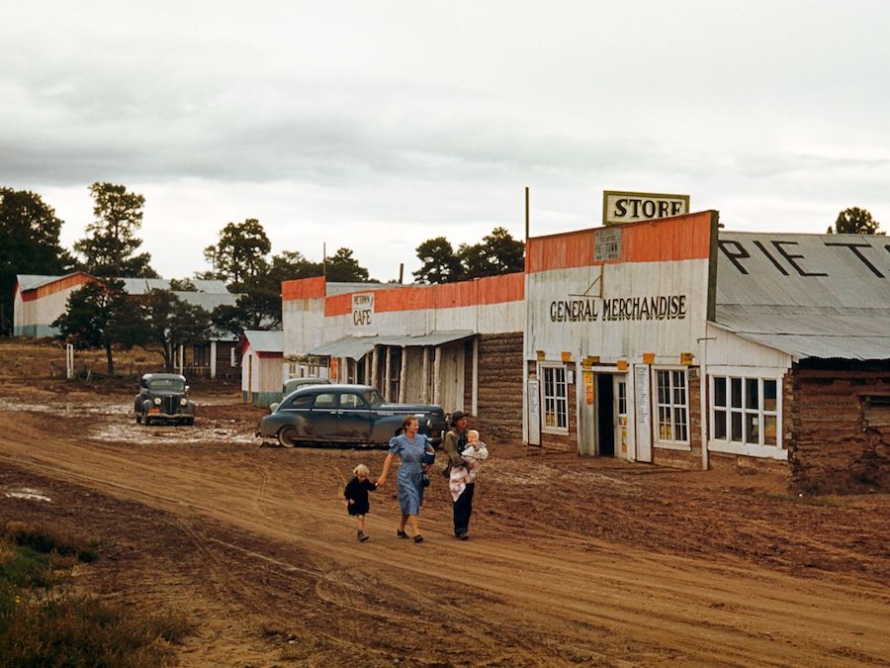
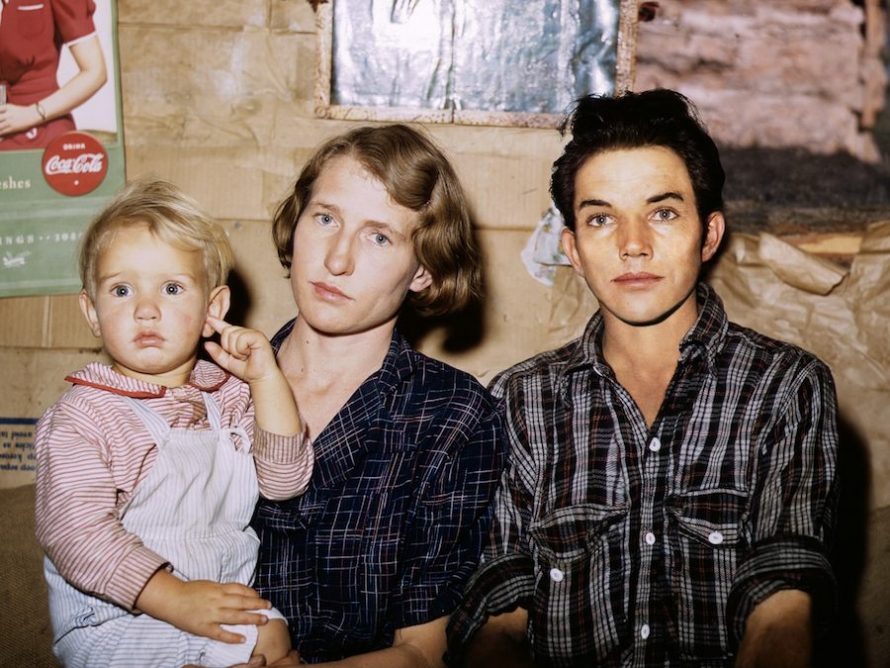
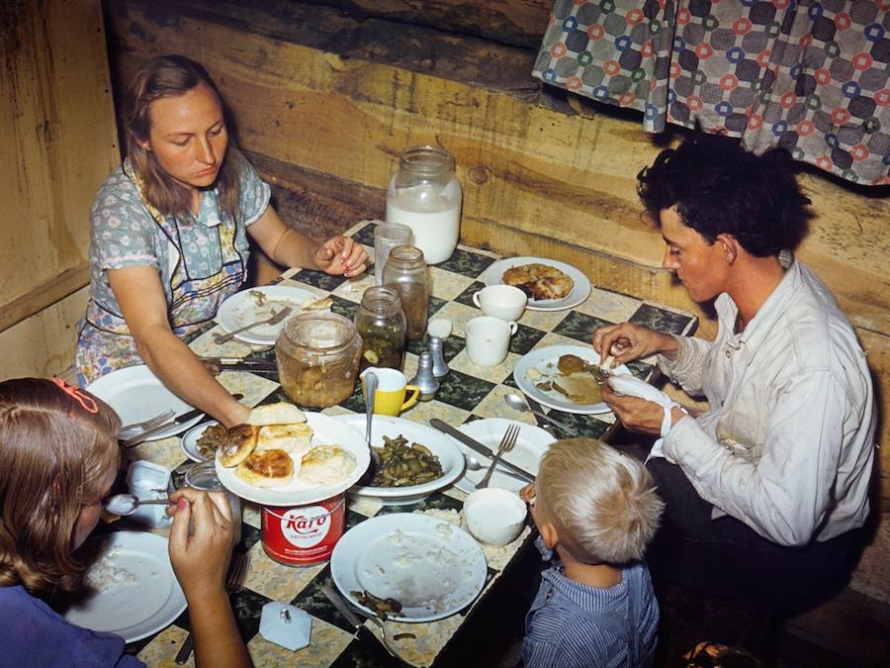
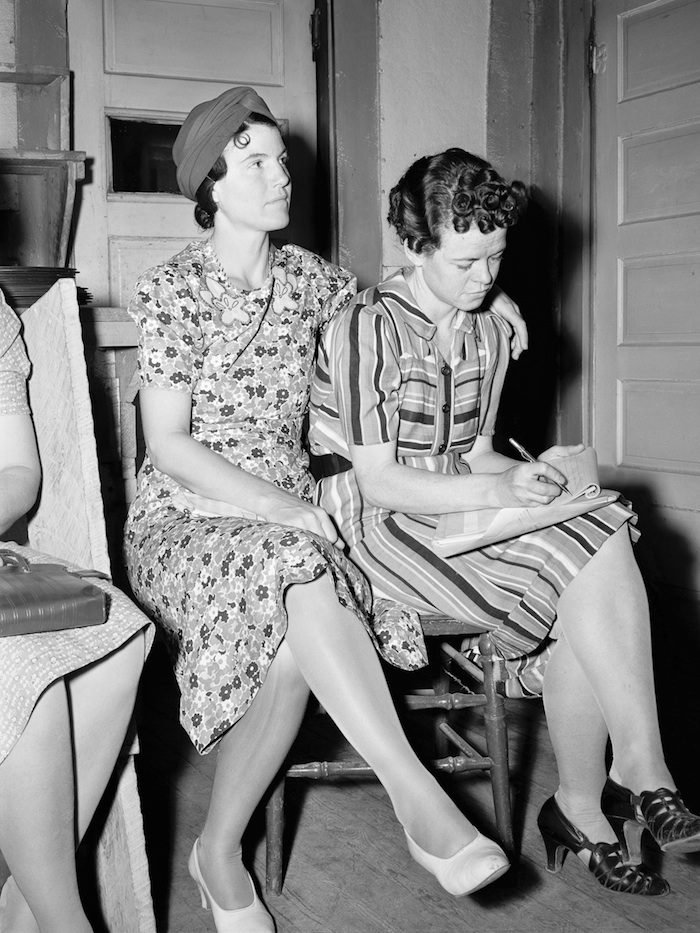
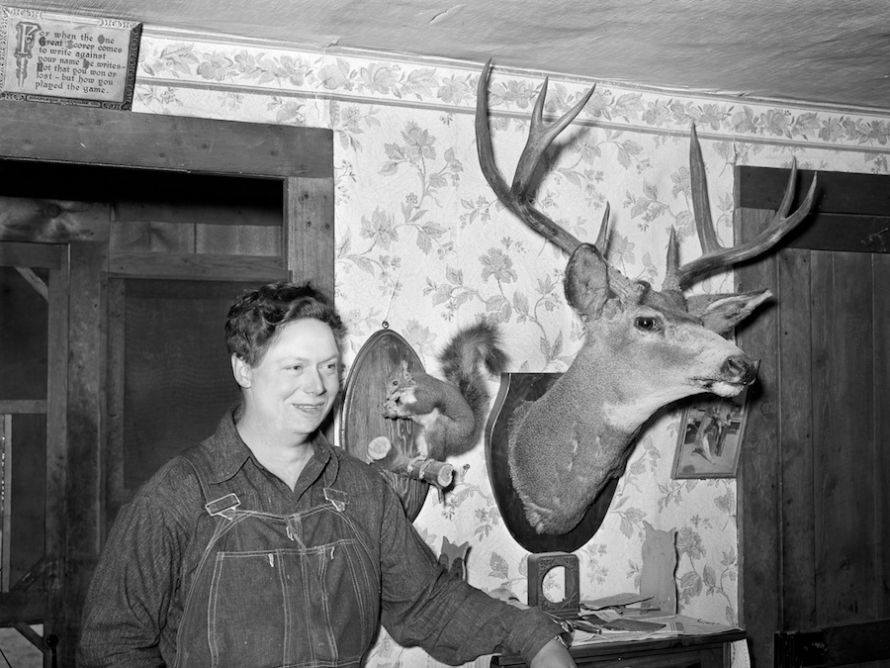
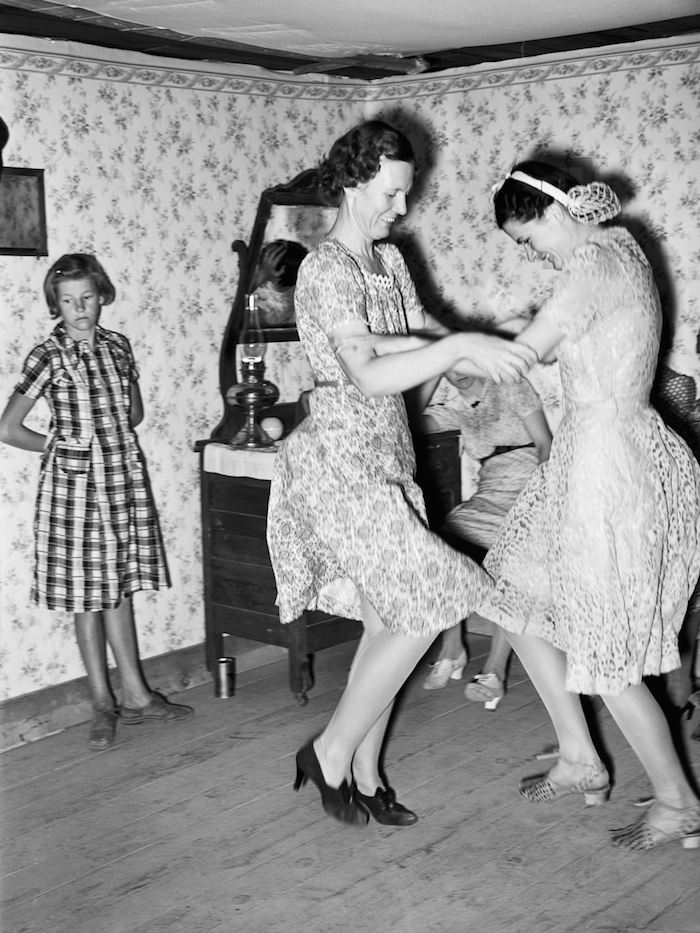
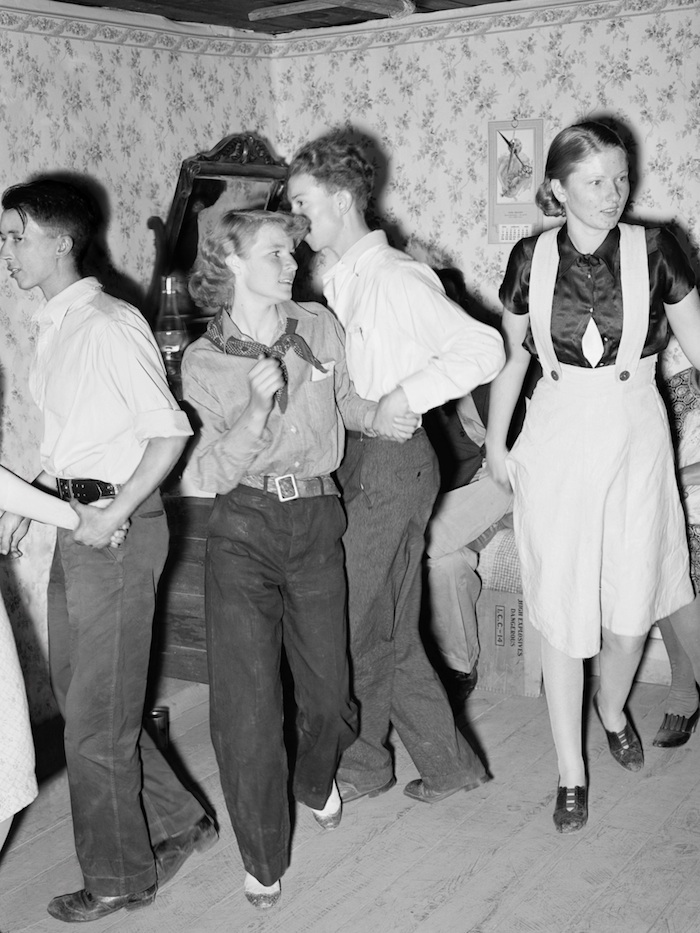
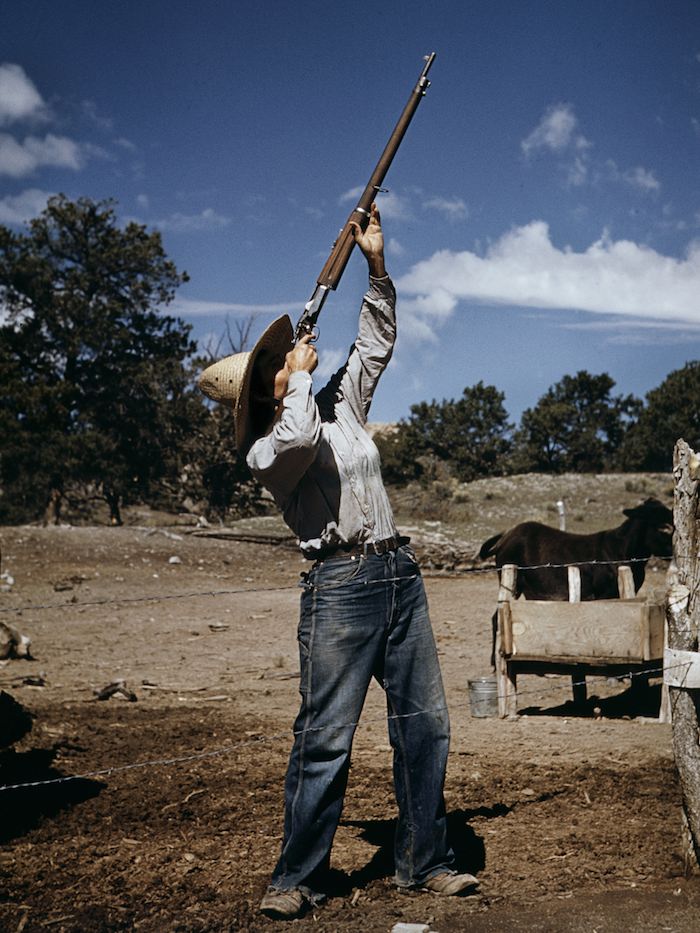
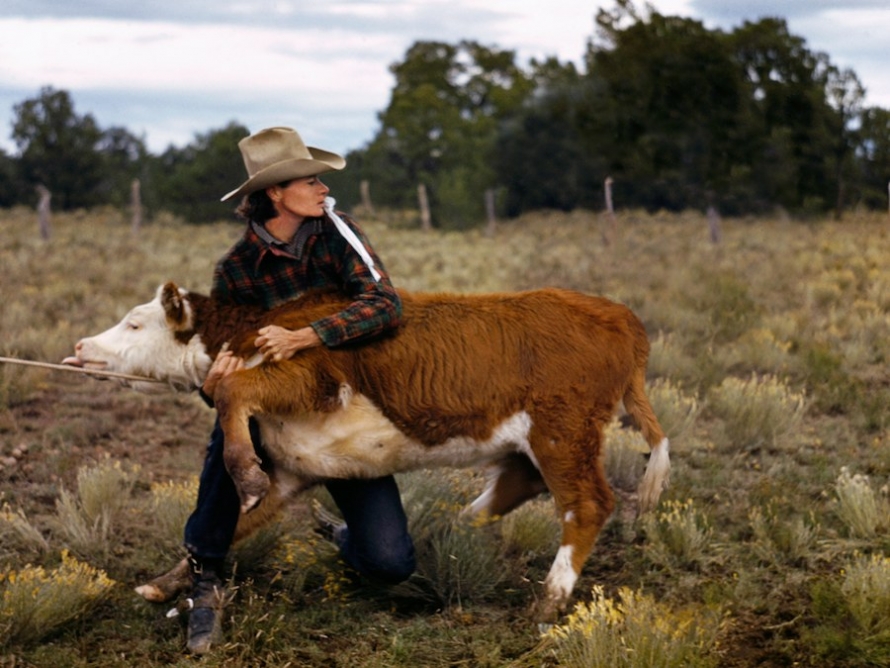
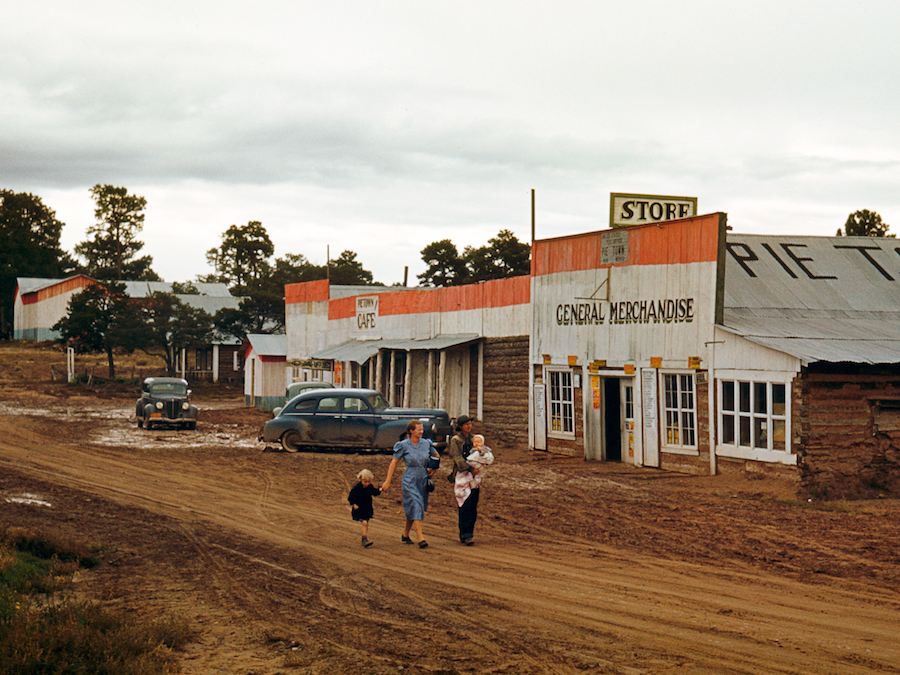
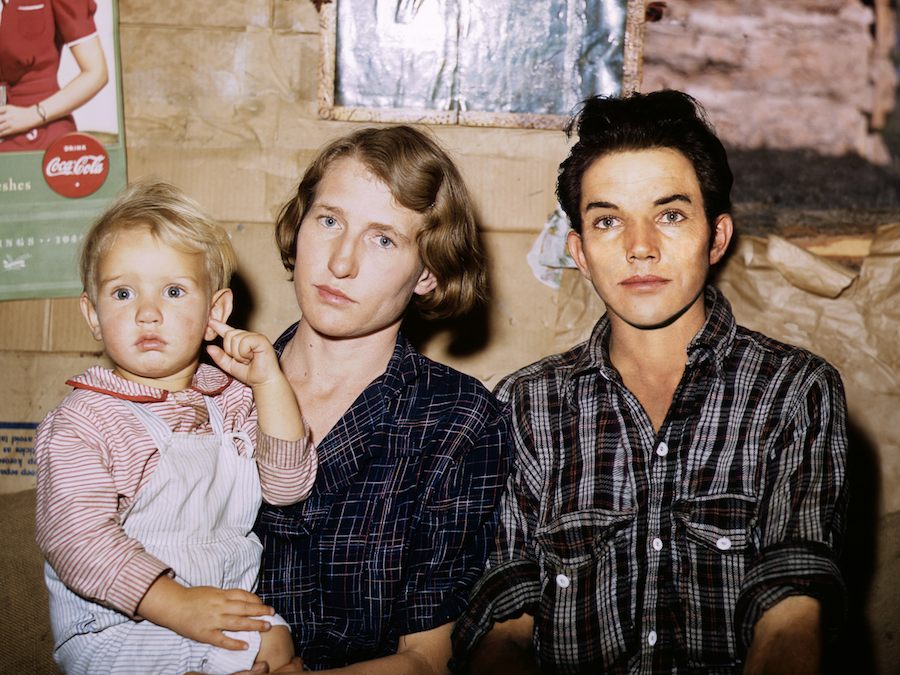
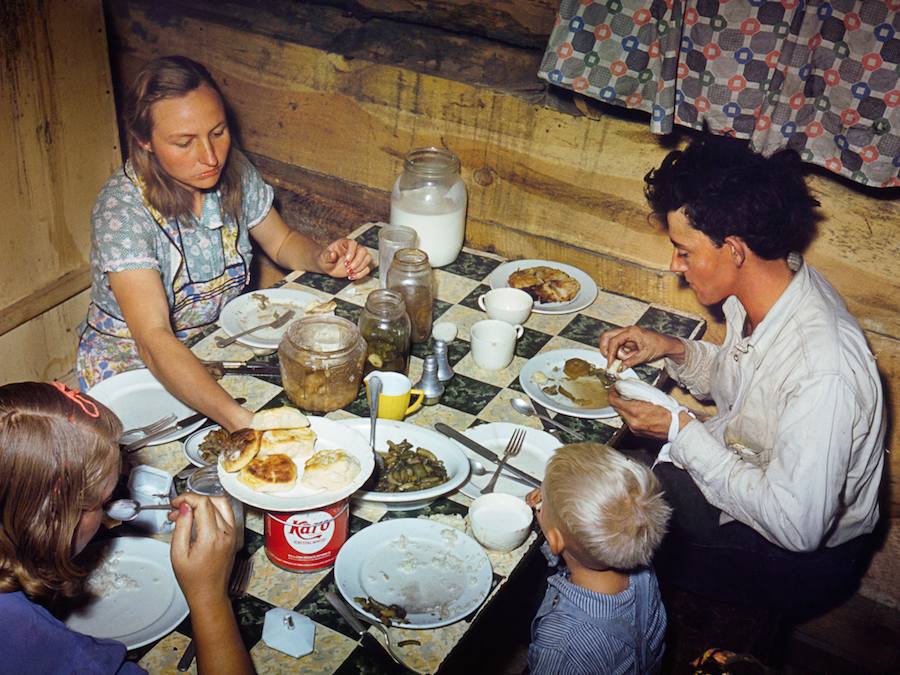
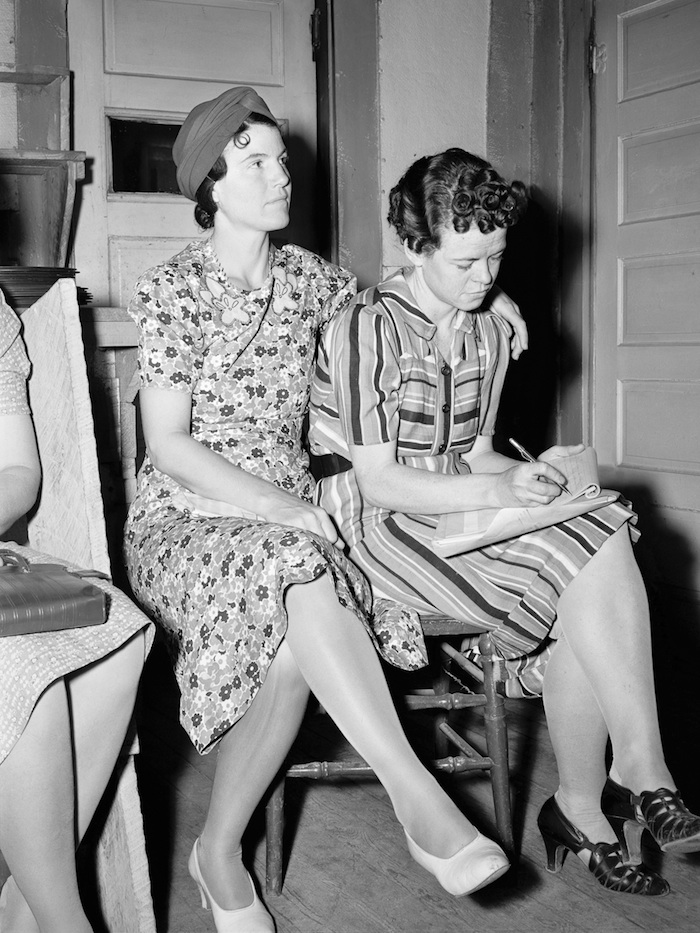
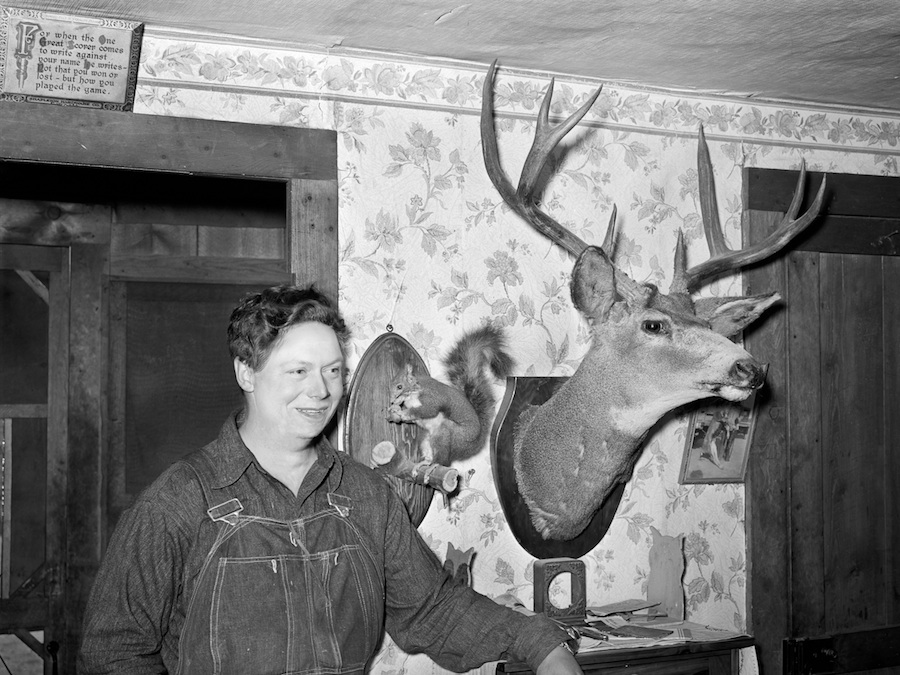
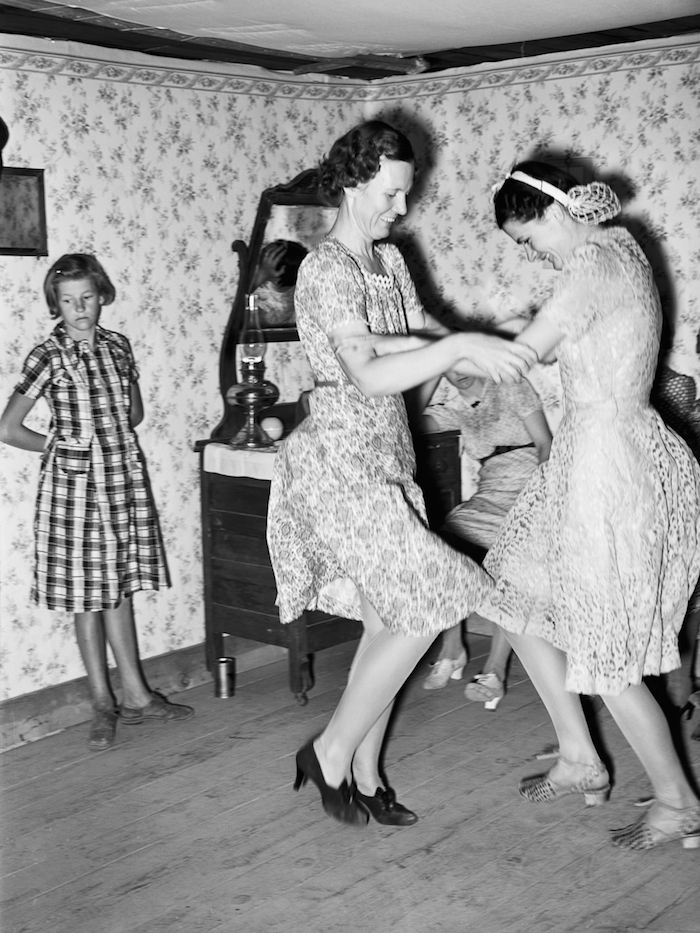
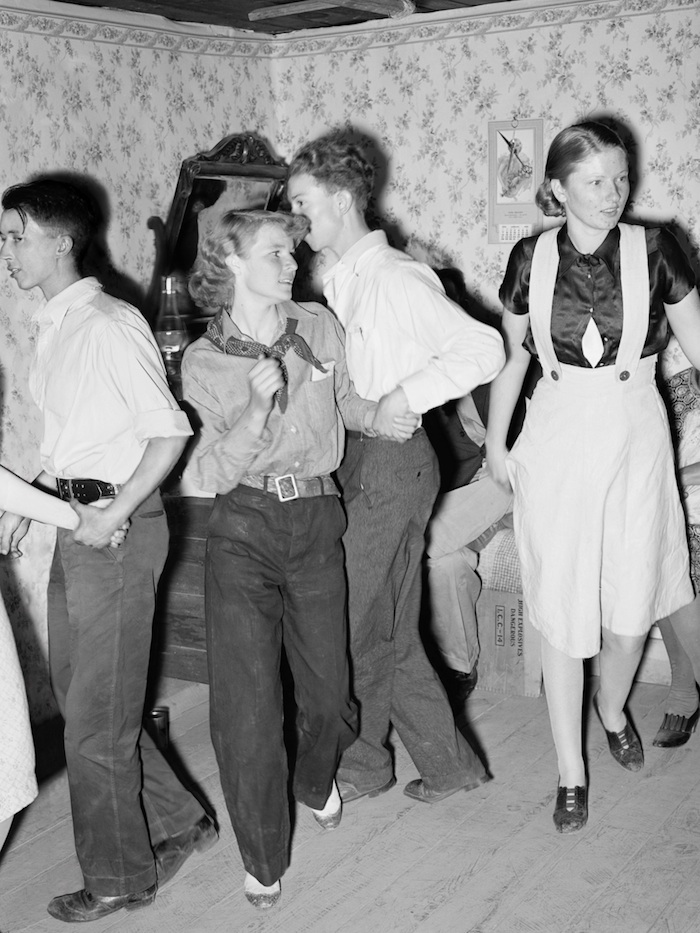
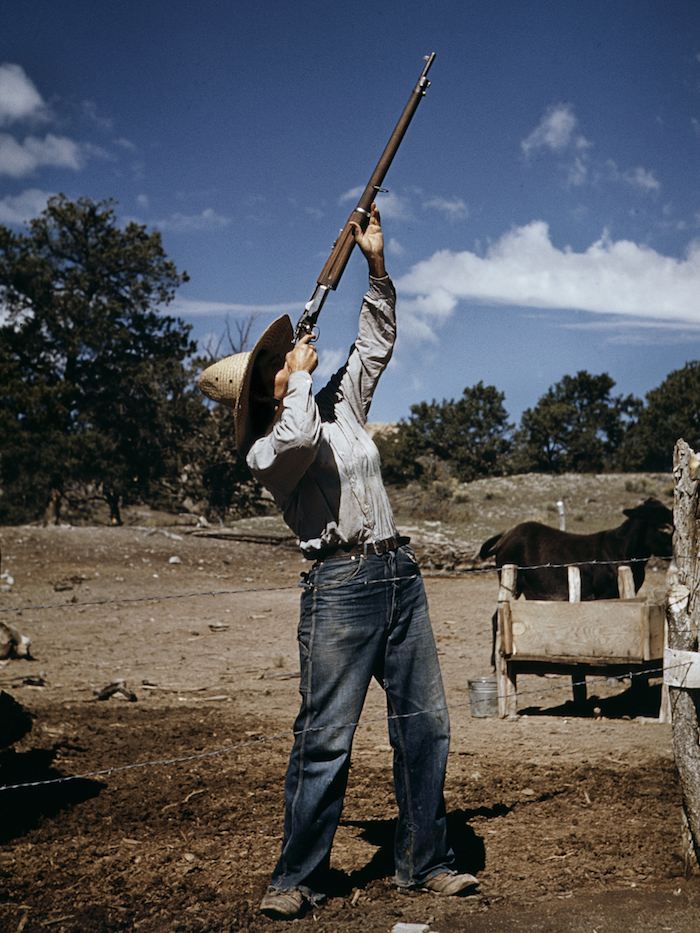

Interview continued
How did you decide to use these images, and where did you find them?
I first saw Lee’s Pie Town pictures in the book Bound For Glory, a collection of color images from the FSA and the Office of War Information. They’re all in the public domain and the color ones can be found in high resolution on the website of the Library of Congress. I’m very interested in the history of food in America, and I actually began looking into the Pie Town images in particular because of all the pictures of food that Lee took—I think he may have depicted more food than any other FSA photographer!
Why did you decide to transform the figures in the photos into women instead of men?
Joan Myers’ biography of Doris Caudill (Doris is in many of the pictures), Pie Town Woman, describes her husband, Faro, as less than helpful on the homestead. I had downloaded a portrait of Doris and Faro from the Library of Congress website, and because it was so high-resolution, it occurred to me that I had enough pixels to work with that I could alter the image. I removed Faro, and I loved the opportunity to look at Doris on her own and imagine a different life for her. I thought it would be fun to remake the whole town in a way that reflected my own family, and I imagined a Pie Town filled with women.
The main reason for doing so was to give us the unusual experience of getting to see a contemporary idea of family (female married couples as parents, for example) as if it were historical. But I am also very interested in using Photoshop to create imaginary or impossible images—this is something I have done in other work as well.
What was life like for Pie Town’s men and women during the Depression?
My understanding is that it was a very difficult life for both genders. There was a lot of work to be done, and Pie Town was in a part of New Mexico with scarce water and a short growing season. It wasn’t long after these pictures were taken that many of the homesteaders moved elsewhere.
What software or tools did you use to alter the photographs?
I used Photoshop for the whole project. I wanted to use the scans of Lee’s pictures as the material for the project, so I didn’t shoot other people and composite them in. Mainly, the process was incredibly painstaking and time-consuming. I’d look at an image I wanted to use, and then begin to transform the man into a woman by changing the shape of the jaw and the scale of the figure, smoothing the skin, etc. I did a lot of research into the differences between male and female anatomy.
Does Photoshopping a photograph constitute “art”?
Plenty of people have said it doesn’t, that’s for sure! But then again there are still people arguing that a Jackson Pollack isn’t an art object. I try not to engage them in too many debates.
I think this work is artwork because—I hope—it creates a transformative experience for the viewer. The experience of looking at my version of Pie Town is quite different from looking at Lee’s, though it does have some overlap. But I think this work does engage questions of authenticity and authorship that have been a big part of the conversation in contemporary art for the past 30 years or so.
What are some of the stories you see in your images? Are they different from what viewers have interpreted from them?
This question of narrative came up a lot when I was making the work—friends and colleagues would ask how the women got to this town, how it became settled, how the community related to the nearby towns, how they had children, etc. One idea I toyed with was presenting the work as found, and telling a made-up story about Pie Town so that viewers might think it had been real. But in the end I decided it was more important that the series be about the desire to have made it. So to that end, I leave the story-making up to the viewer.
What are you working on now?
I’m still very interested in the telling of the history of women and in creating imaginary, parallel worlds. I recently started a project photographing the vignettes set up inside kitchens in some New York City historic house museums. The pictures are very strange and romantic. Some of them will be on view this summer as part of the AIM Biennial at the Bronx Museum.
